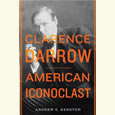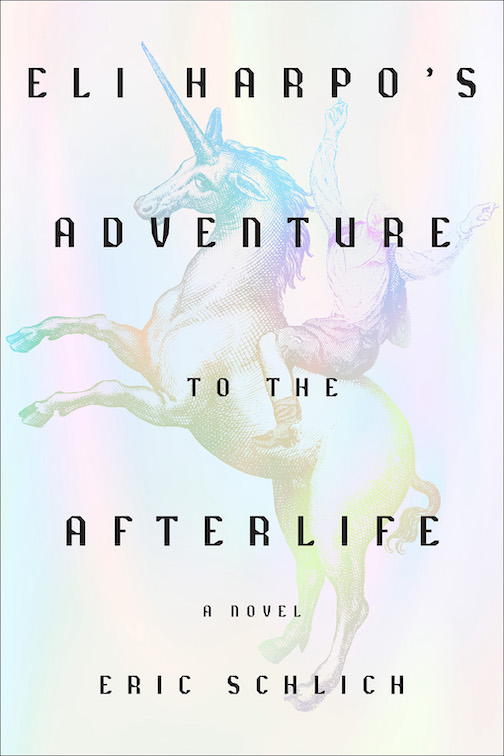Repeating History, Yet Again
B.A. Shapiro’s new historical novel eerily evokes the refugee crisis of today
While a storm rages in our world over the fate of Syrian refugees, B.A. Shapiro’s The Muralist reminds us that history too often repeats itself. The novel is set in pre-WWII New York, where a young Jewish artist, Alizée Benoit, desperately tries to obtain American visas for family members living in France and Germany. When the St. Louis, a German ship carrying nine hundred European Jews seeking asylum—including Alizée’s cousins—is turned away from the U.S. and sent back to Europe, the decision is fueled by both anti-Semitism and a fear that the vessel might be harboring German spies. It’s hard not to see this historically accurate account of the 1940 refugee crisis as an eerie echo of today’s asylum seekers.
 Alizée, a student of Hans Hoffman, is one of the early Abstract Expressionist painters and a fierce believer in the power of abstract art. This view is shared by her compatriots, Mark Rothko, Jackson Pollack, William DeKooning, and Lee Krasner—real-life artists who play roles in this tale. To survive during the Depression, all of them have found work with the WPA, Alizée and Lee Krasner as muralists. Forced to paint representational pictures, Alizée longs to design the kinds of abstract murals that she believes would represent the true American spirit. (Abstract Expressionism has in fact often been called the first art movement original to America.) After a chance encounter, Alizée befriends Eleanor Roosevelt, who comes to admire her art and helps influence the WPA to approve the creation of two abstract murals, one designed by Alizée, the other by Lee Krasner. But unknown to the other painters, Alizée is drawn into a darker world of not just political art but activism.
Alizée, a student of Hans Hoffman, is one of the early Abstract Expressionist painters and a fierce believer in the power of abstract art. This view is shared by her compatriots, Mark Rothko, Jackson Pollack, William DeKooning, and Lee Krasner—real-life artists who play roles in this tale. To survive during the Depression, all of them have found work with the WPA, Alizée and Lee Krasner as muralists. Forced to paint representational pictures, Alizée longs to design the kinds of abstract murals that she believes would represent the true American spirit. (Abstract Expressionism has in fact often been called the first art movement original to America.) After a chance encounter, Alizée befriends Eleanor Roosevelt, who comes to admire her art and helps influence the WPA to approve the creation of two abstract murals, one designed by Alizée, the other by Lee Krasner. But unknown to the other painters, Alizée is drawn into a darker world of not just political art but activism.
Interspersed with Alizee’s tale in The Muralist is the present-day story of Alizee’s great-niece, Dani Abrams, an artist who works at Christie’s. In 1940, readers learn, Alizée disappeared and was never found, despite a desperate search by Dani’s grandfather, Alizée’s brother. In her duties at the auction house, Dani has come upon some small paintings attached to the backs of other Abstract Expressionist paintings. She is certain they were created by her great-aunt. But why were they hidden? How can she prove their origins? More importantly, how can she unravel the secrets of what truly happened to her talented aunt?
The Muralist is best when it focuses on the intensity and political paranoia of an isolationist United States before the nation entered WWII. It also highlights an ugly but little-known truth of the era: decisions about visas were made by Assistant Secretary of State Breckinridge Long, an anti-Semite and close friend of FDR who for far too long barred desperate European Jews from entering the U.S., essentially sending them to their deaths in Nazi gas chambers.
As she did in her previous bestseller, The Art Forger, Shapiro reveals a keen sense of the concerns of artists and deftly brings to life the art scene of New York in the late 1930s and early 1940s, a time of hard drinking, young camaraderie, and artistic rebellion. She also does a fine job of making the reader care about a fragile girl haunted by the desperate situation of her family abroad. Although the novel’s ending seems overly coincidental and too-neatly tied with a bow, The Muralist is a unique read and a harsh reminder that that those who learn too little from history are often plagued to repeat it.

Jennie Fields received an M.F.A. in creative writing from the University of Iowa Writers’ Workshop and is the author of four novels: The Age of Desire, Lily Beach, Crossing Brooklyn Ferry, and The Middle Ages. She lives in Nashville.


